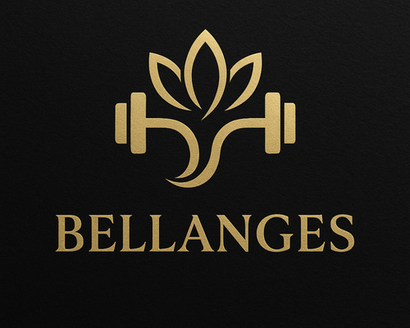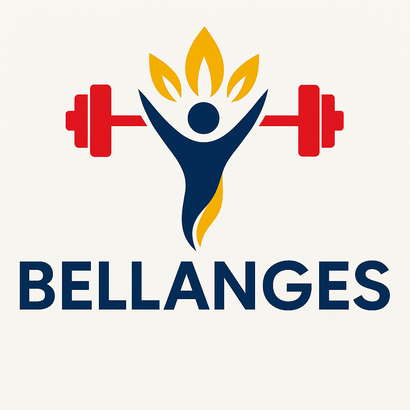Your Cart is Empty
The Power of Habit by Charles Duhigg
07 Dec, 2024 8

The Power of Habit: Why We Do What We Do in Life and Business by Charles Duhigg is a best-selling book that delves into the science of habit formation and how habits influence our personal and professional lives. Here’s an overview of its key ideas and insights:
Key Themes and Insights
1. The Habit Loop
Duhigg introduces the concept of the "habit loop," which consists of three parts:
- Cue: A trigger that initiates the behavior.
- Routine: The behavior or action itself.
- Reward: The benefit you gain, reinforcing the habit. Understanding this loop is essential to creating or changing habits.
2. Keystone Habits
- Some habits have a ripple effect, influencing other areas of life. Duhigg calls these "keystone habits."
- Examples include exercising regularly, eating dinner as a family, or tracking finances. Changing keystone habits can lead to transformative life changes.
3. Cravings Drive Habits
- Cravings are the key motivators for habits.
- By identifying and redirecting cravings, you can replace negative habits with positive ones.
4. Changing Habits
- To change a habit, keep the cue and reward the same but modify the routine.
- Example: Instead of eating a snack when bored, go for a short walk but still reward yourself (e.g., with a sense of accomplishment).
5. The Role of Belief
- Belief is a crucial component of habit change. Support systems, such as communities or groups like Alcoholics Anonymous, reinforce belief in the ability to change.
6. Habits in Organizations
- Companies use habits to shape consumer behavior (e.g., Febreze and toothpaste campaigns) and improve organizational effectiveness.
- Successful organizations cultivate productive habits among employees to enhance decision-making and performance.
7. Social and Cultural Habits
- Movements and societal changes (e.g., the Civil Rights Movement) are driven by habit-based behaviors shared within groups.
Practical Applications
- Personal Development: Use the habit loop to break bad habits and build positive ones.
- Productivity: Focus on keystone habits, such as prioritizing tasks or maintaining a consistent morning routine.
- Leadership and Business: Develop strong organizational habits to foster a positive work culture and customer loyalty.
- Health and Fitness: Identify cues and rewards to establish exercise and healthy eating routines.
Impact and Reception
- The book is praised for being both practical and rooted in science, blending psychology, neuroscience, and real-world examples.
- It has been influential in both personal self-help and professional leadership circles.
Notable Quotes
- "Change might not be fast, and it isn’t always easy. But with time and effort, almost any habit can be reshaped."
- "The Golden Rule of Habit Change: You can't extinguish a bad habit, you can only change it."
- "Once you understand that habits can change, you have the freedom – and the responsibility – to remake them."
Would you like insights into how to apply these concepts in a specific area of your life or work?
Must Read:

Share on Facebook

Share on X

Share on Pinterest
Latest From Personal Development
- The Best MEAL to Clear Out Your Arteries
- MOST Powerful Remedy in the World - Colostrum
- The SHOCKING #1 Cause of Heart Attacks
- Reduce insulin with intermittent fasting
- Once You Learn These Life Lessons
- 100 Life Rules That Will Protect Your Future After 40
- Once You Learn These Life Lessons, You Will Never Be The Same
- 100 Laws of Life so You Don't Screw Your Life Up Like I Did
- Ignore These Life Lessons to Be Miserable for the Rest of Your Life (like I did)
- The Best MEAL to Clear Out Your Arteries
You submitted your comment for moderation.
Please enter a valid email address (Ex: johndoe@domain.com).
This is a required field.
This is a required field.
0 Comment(s)


